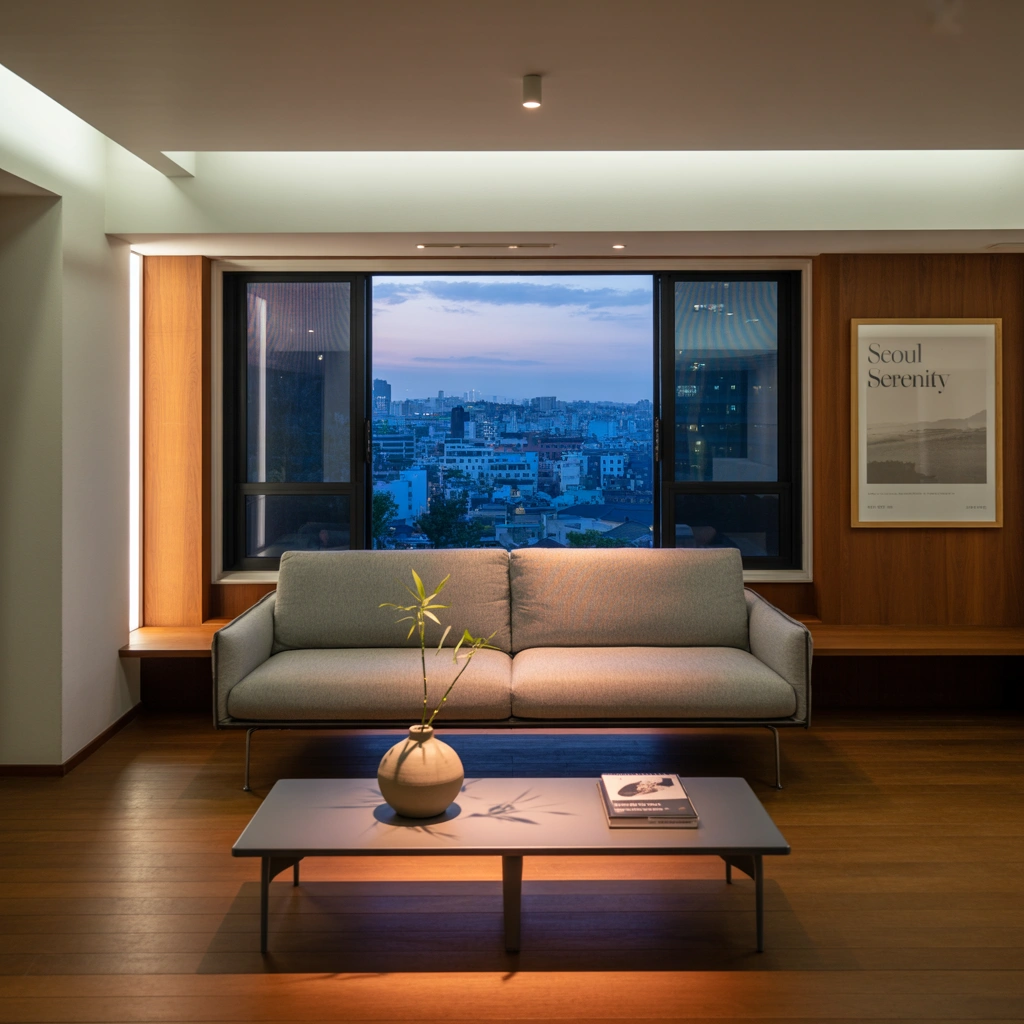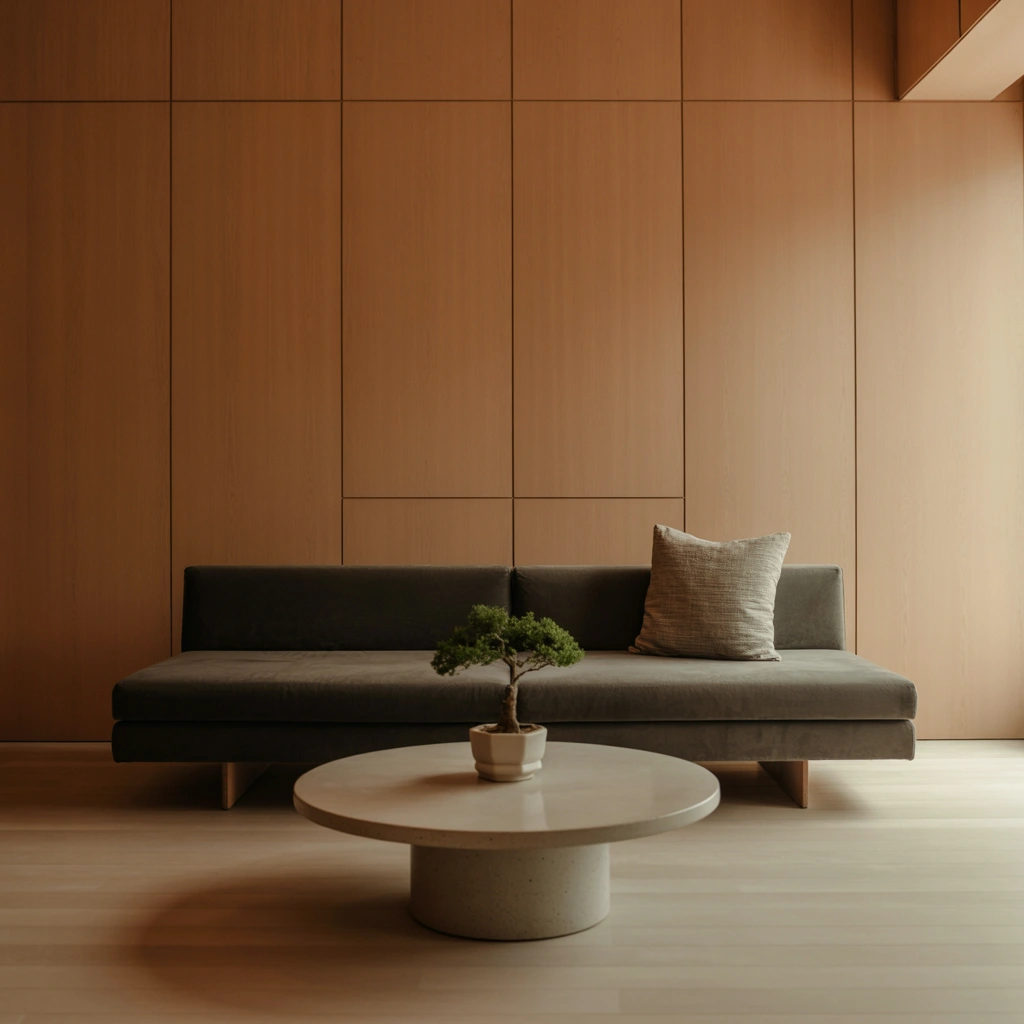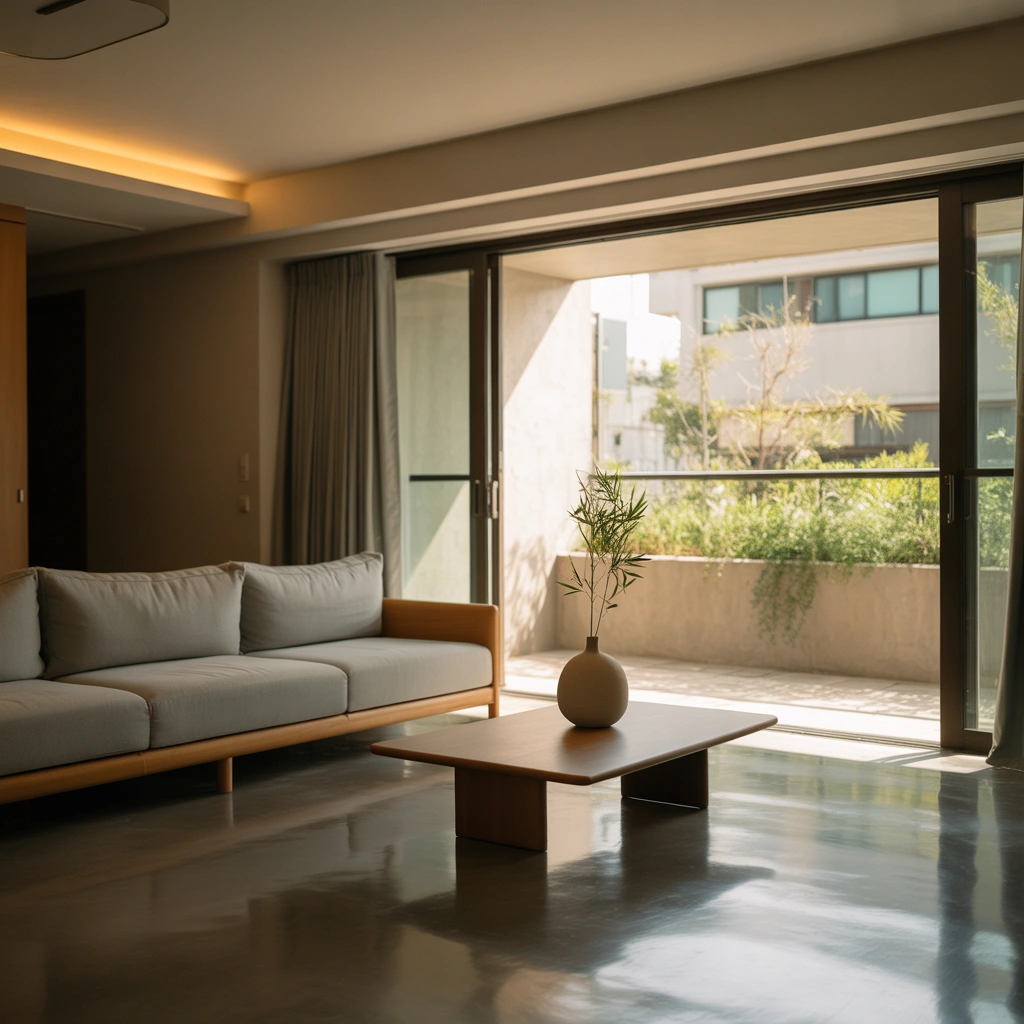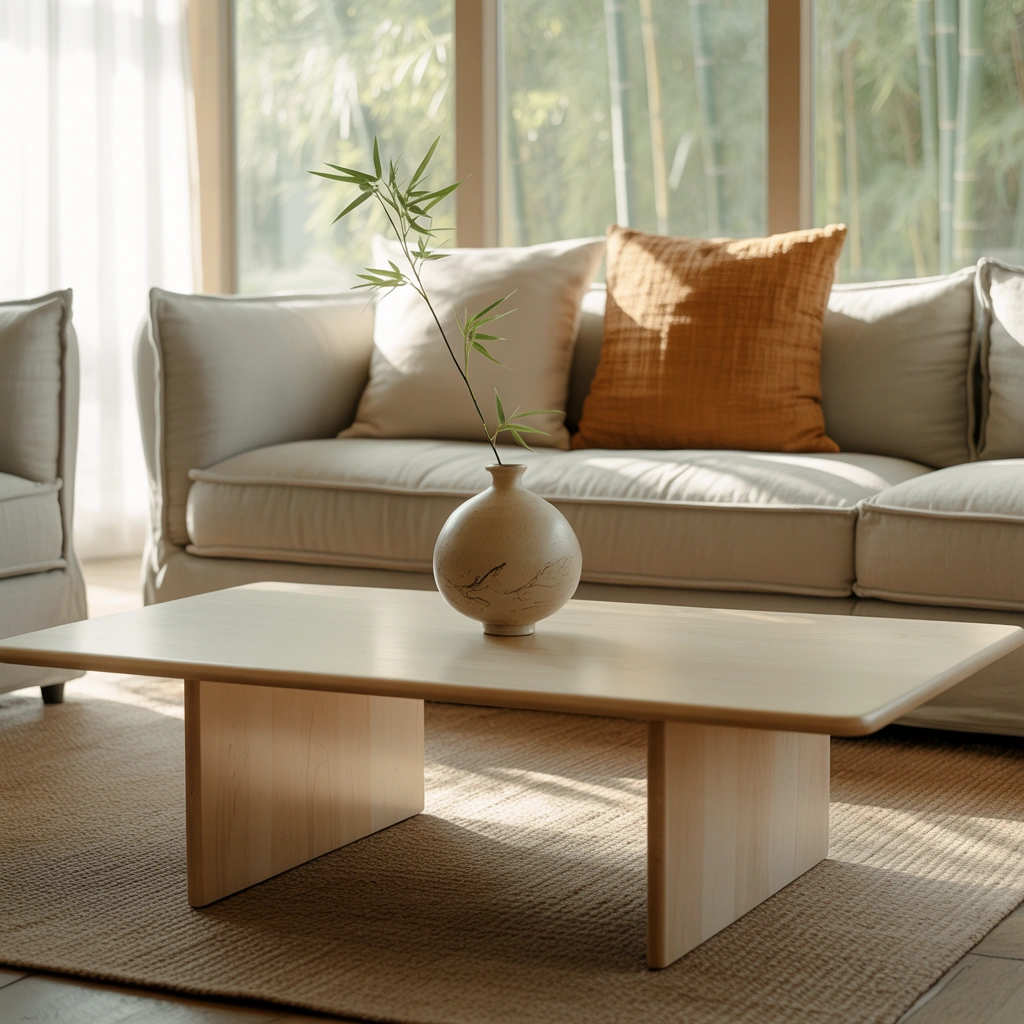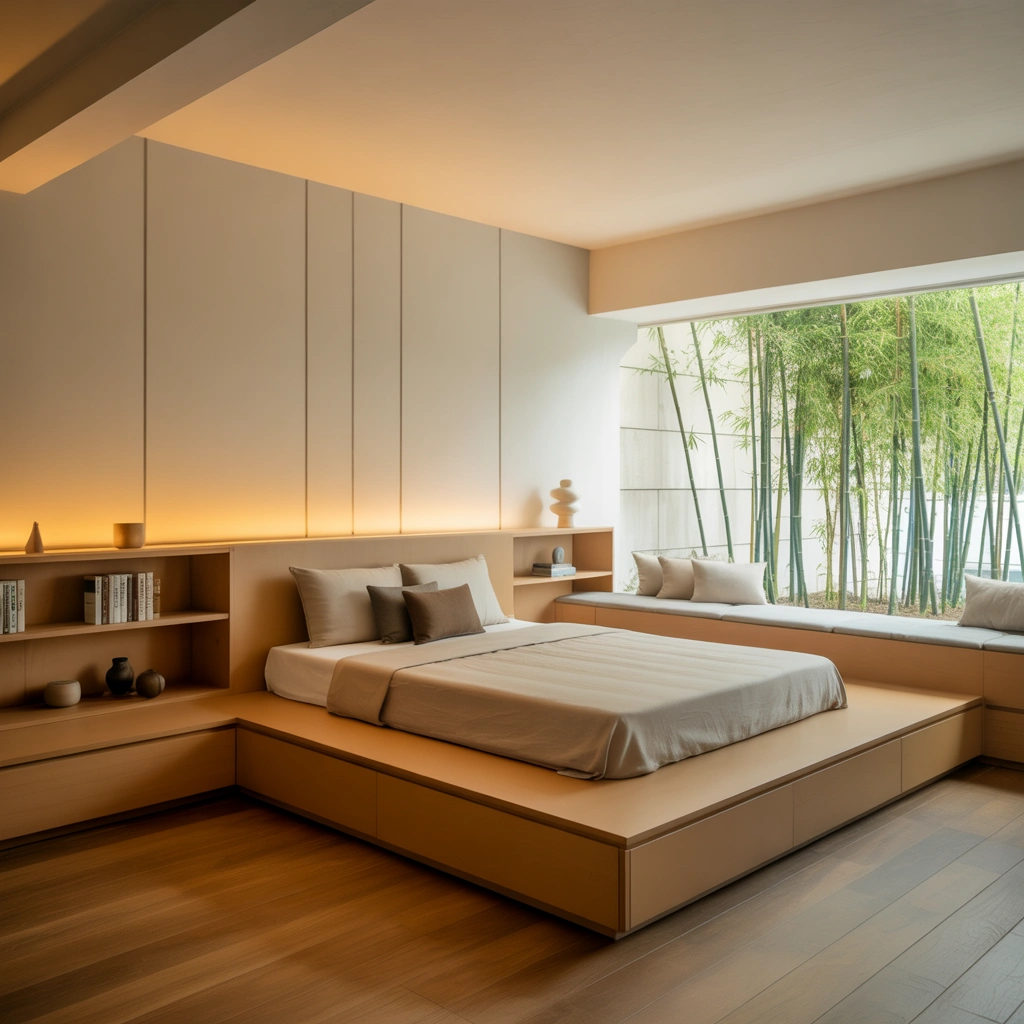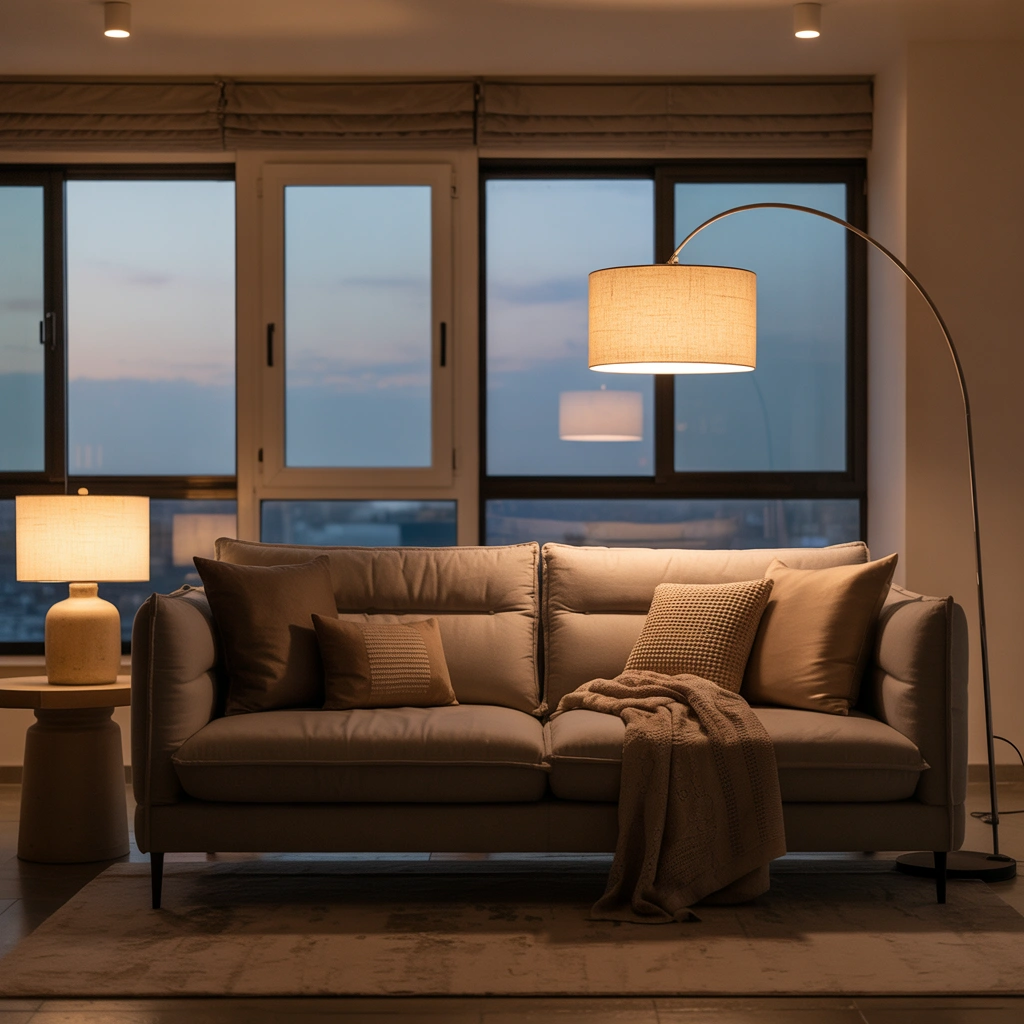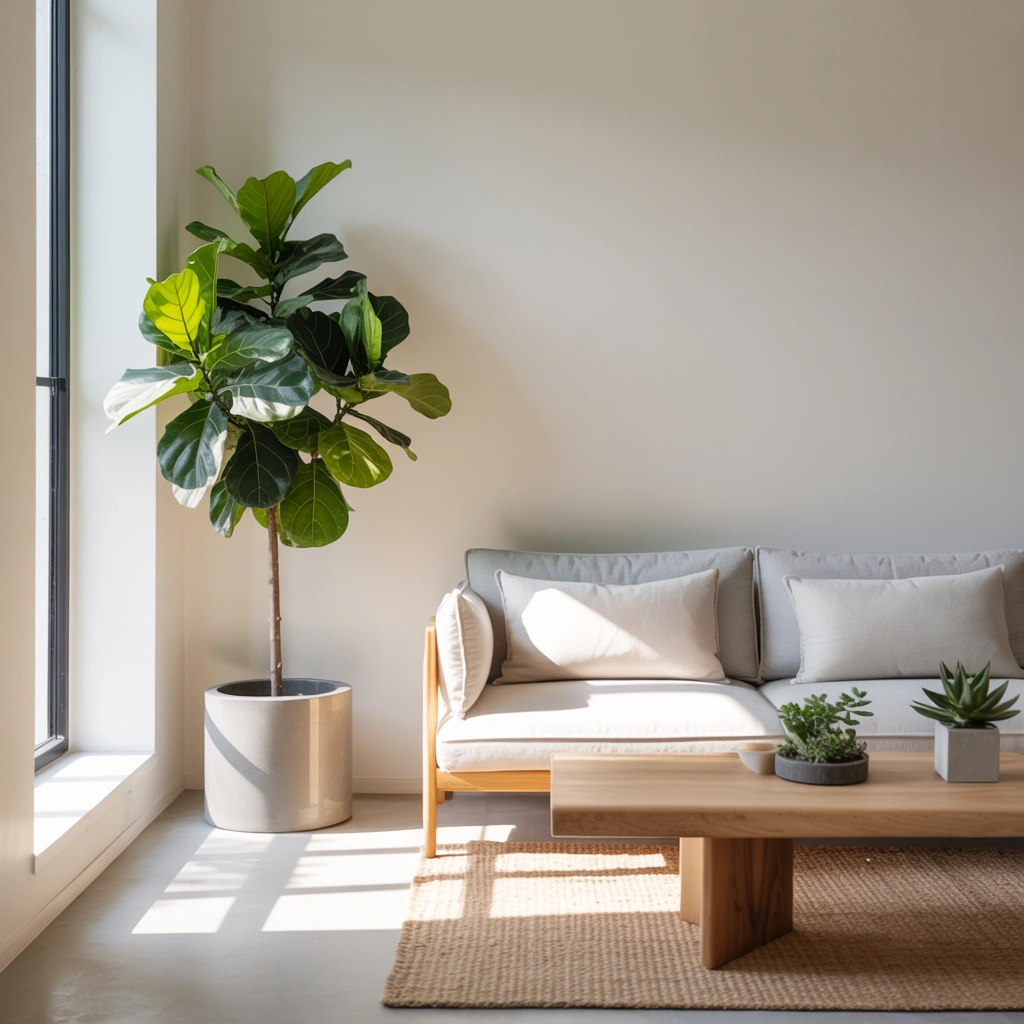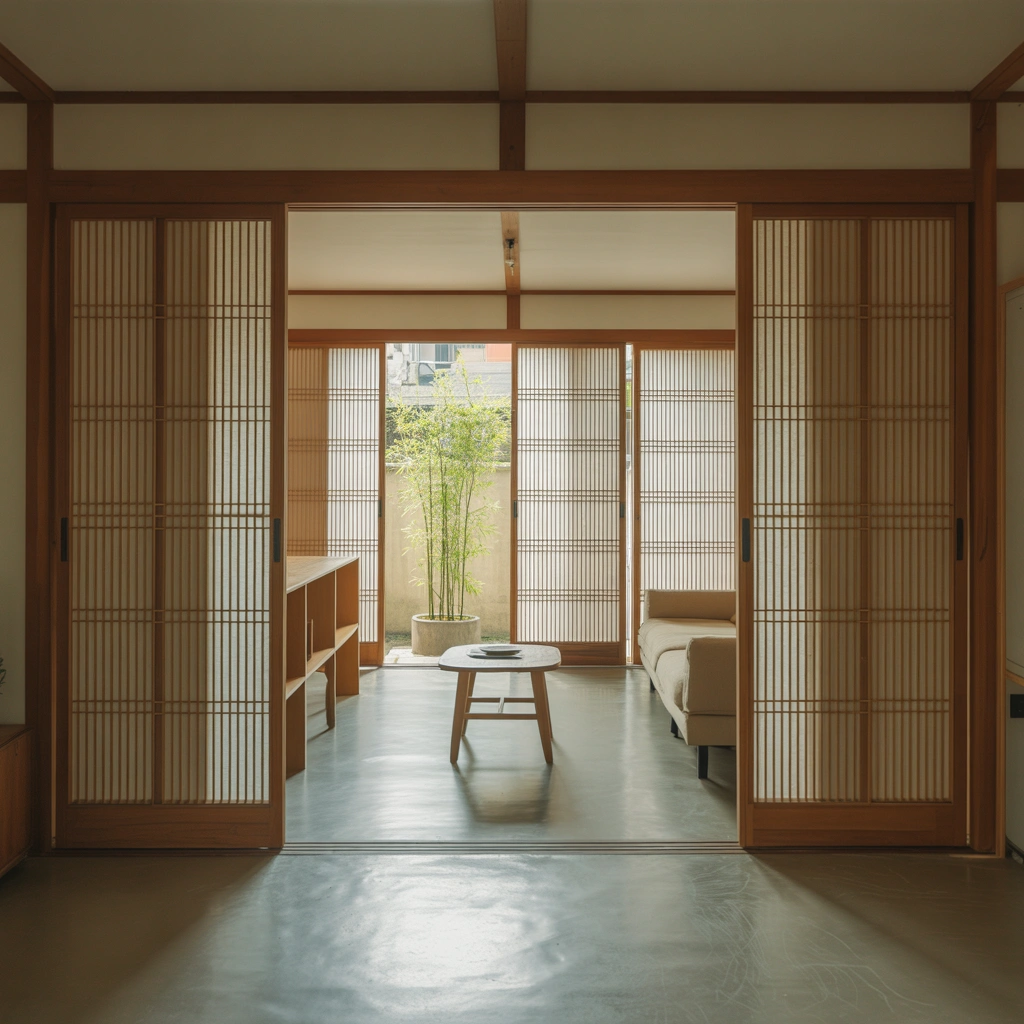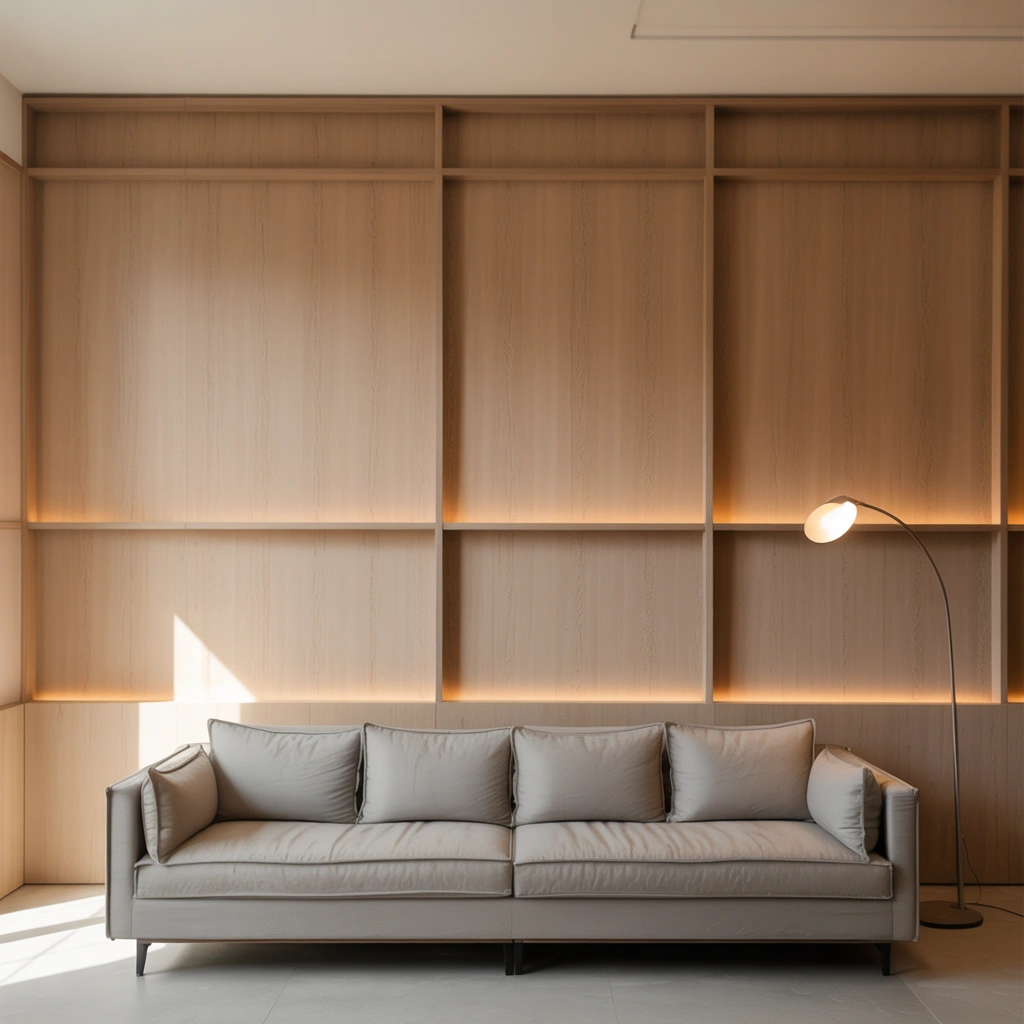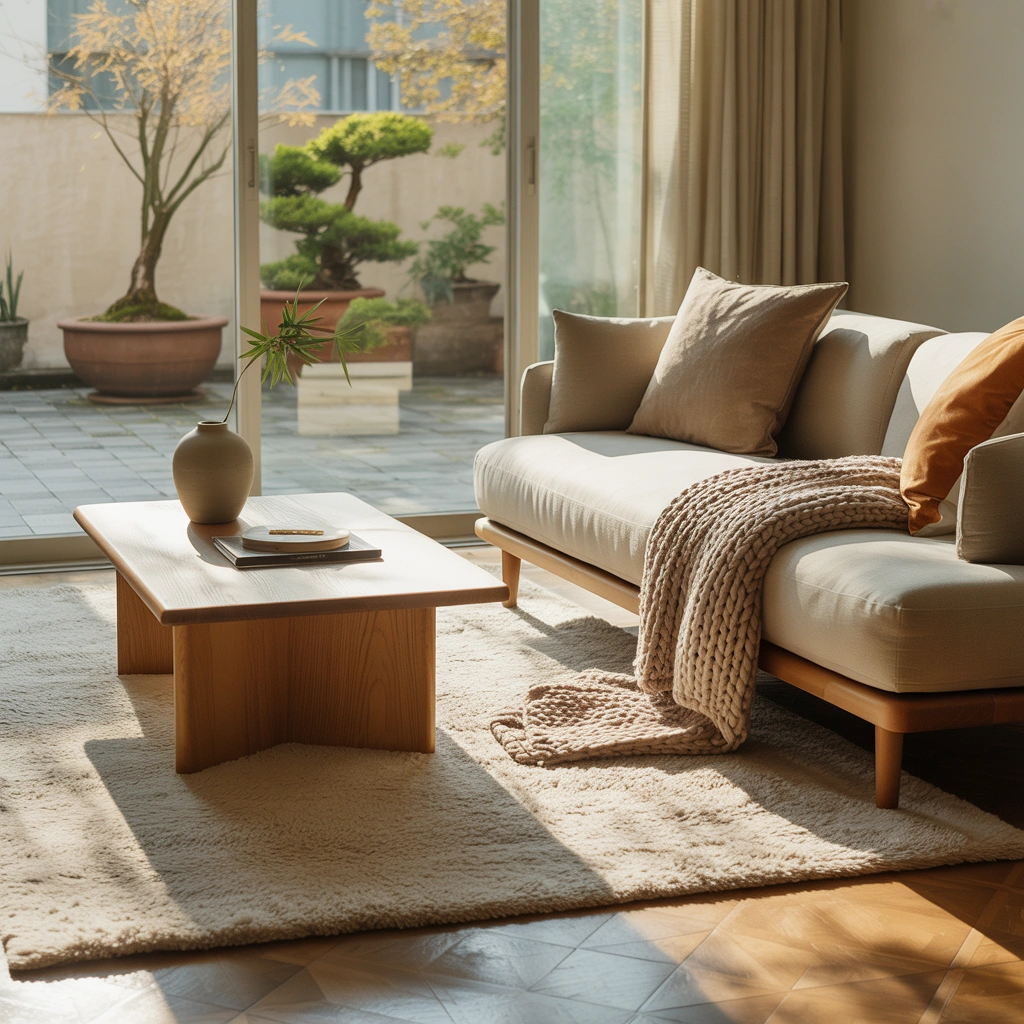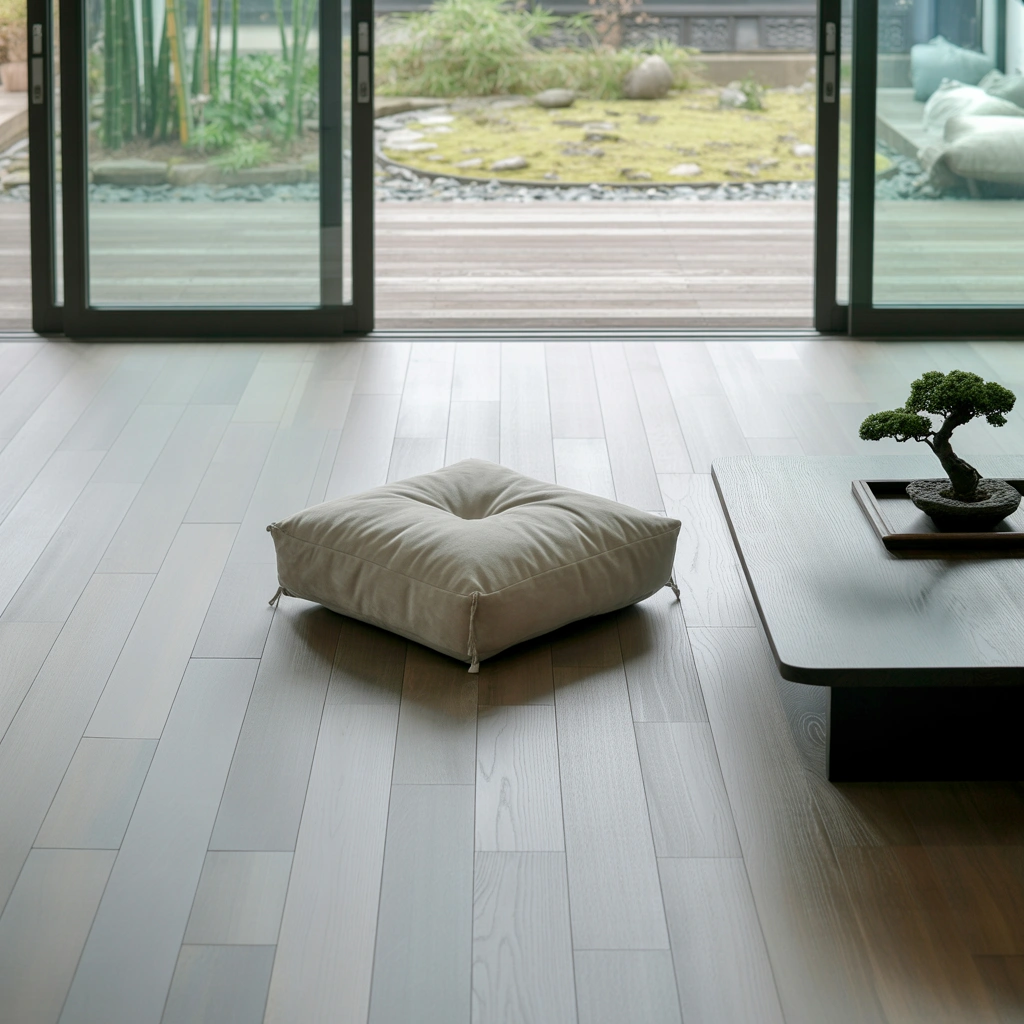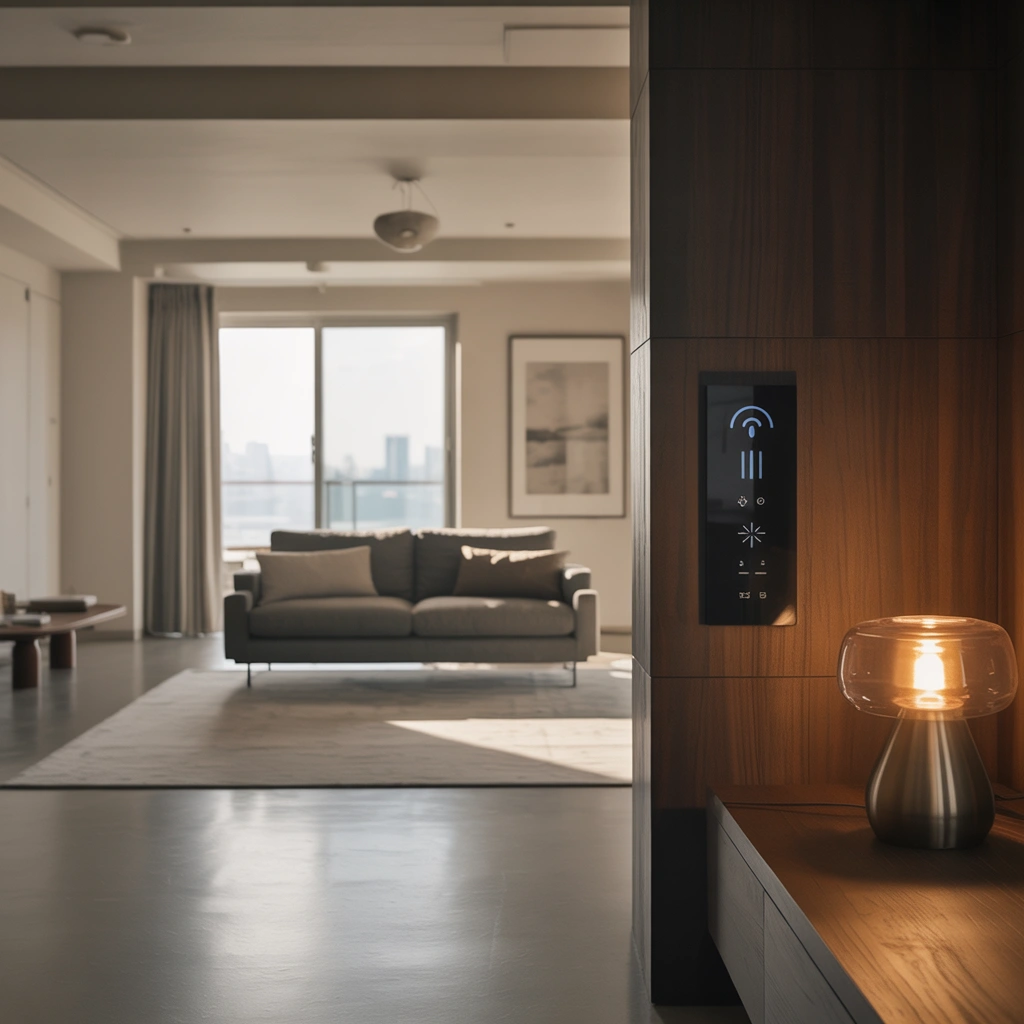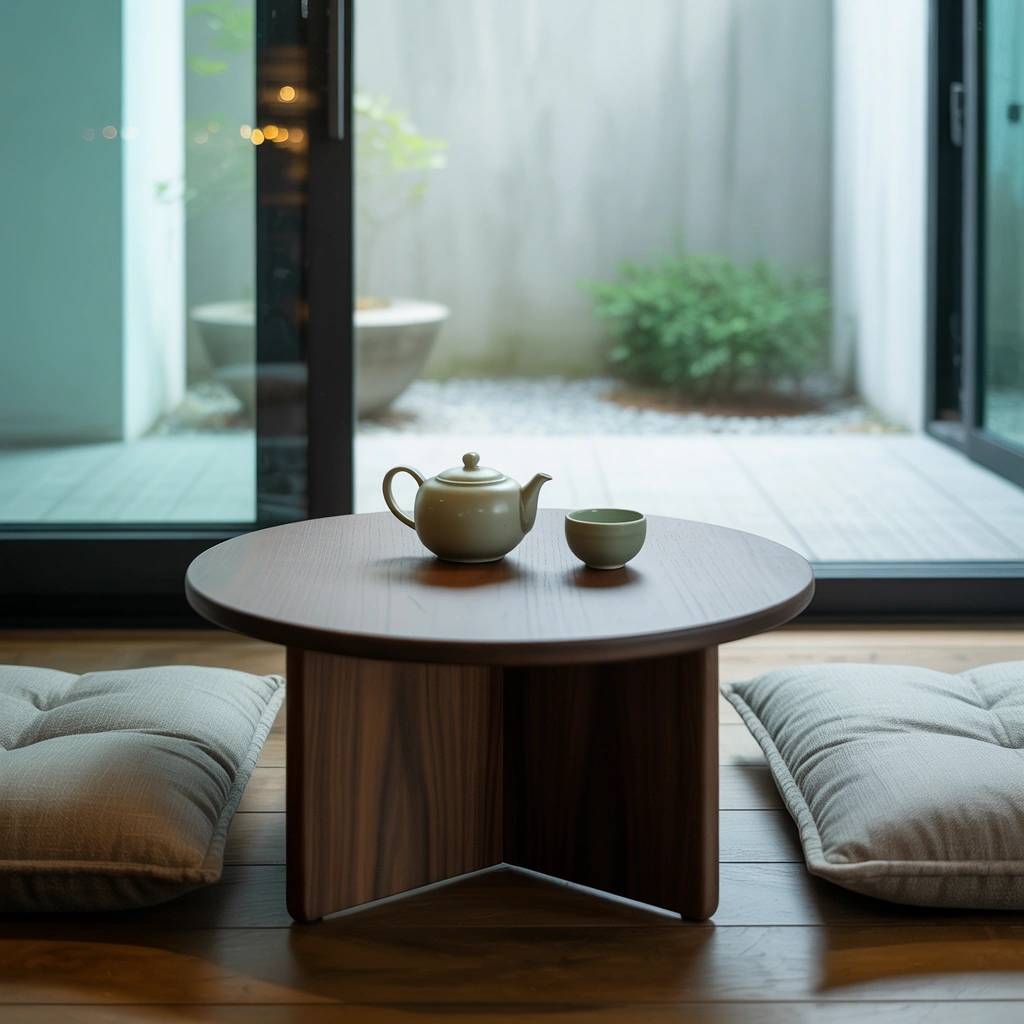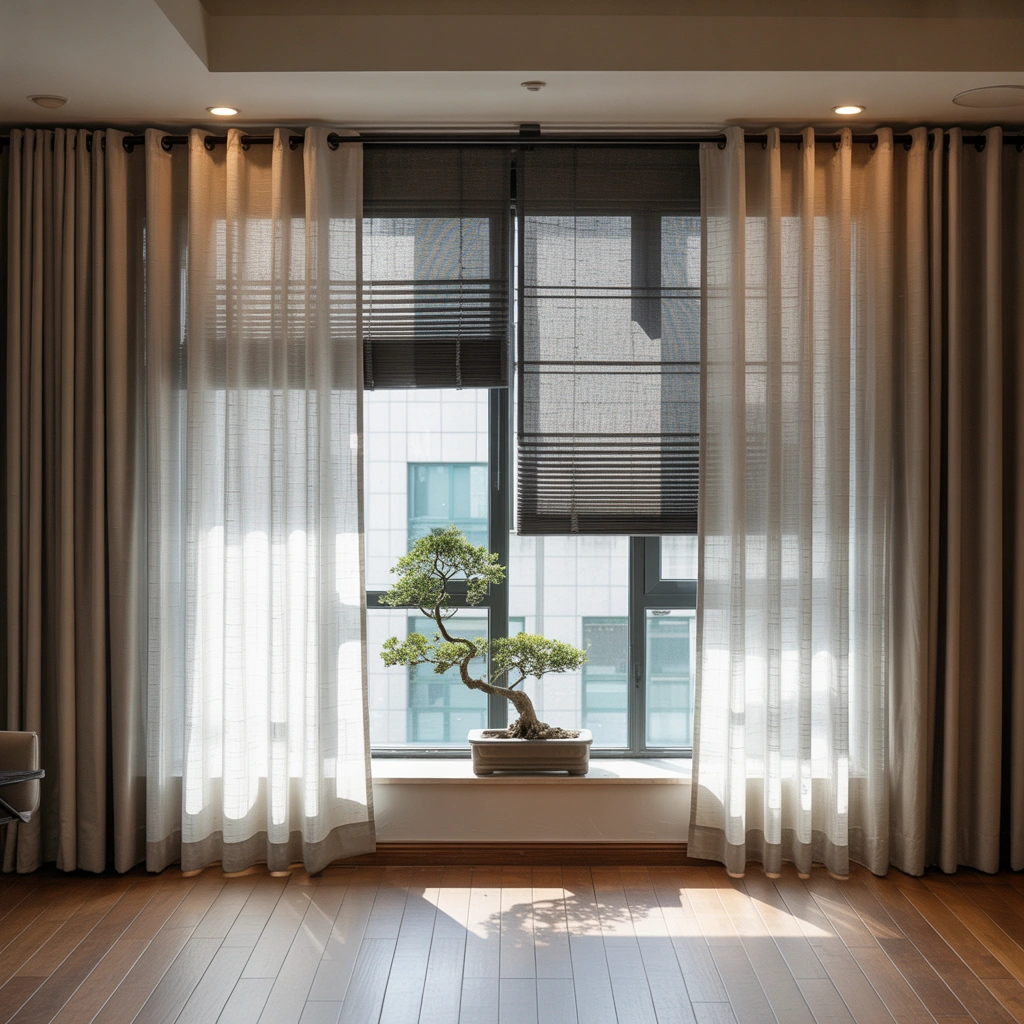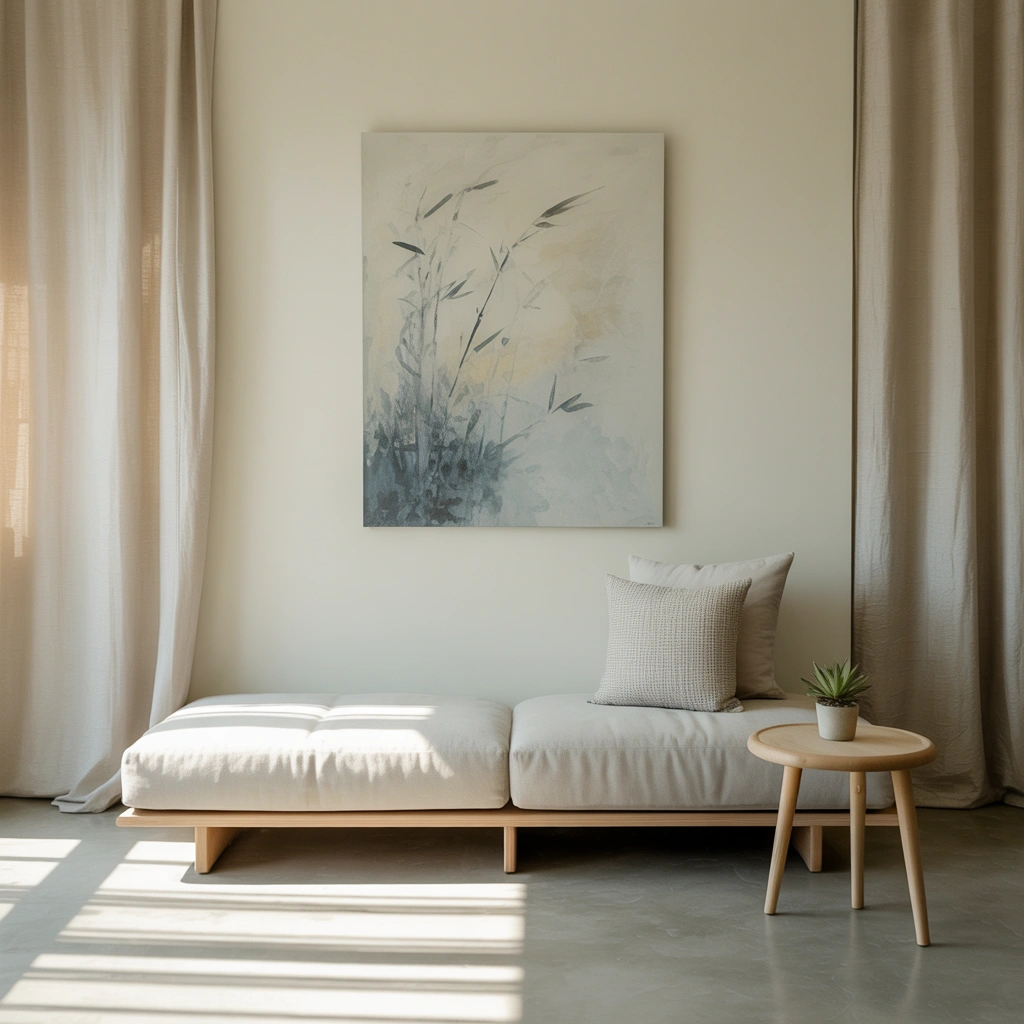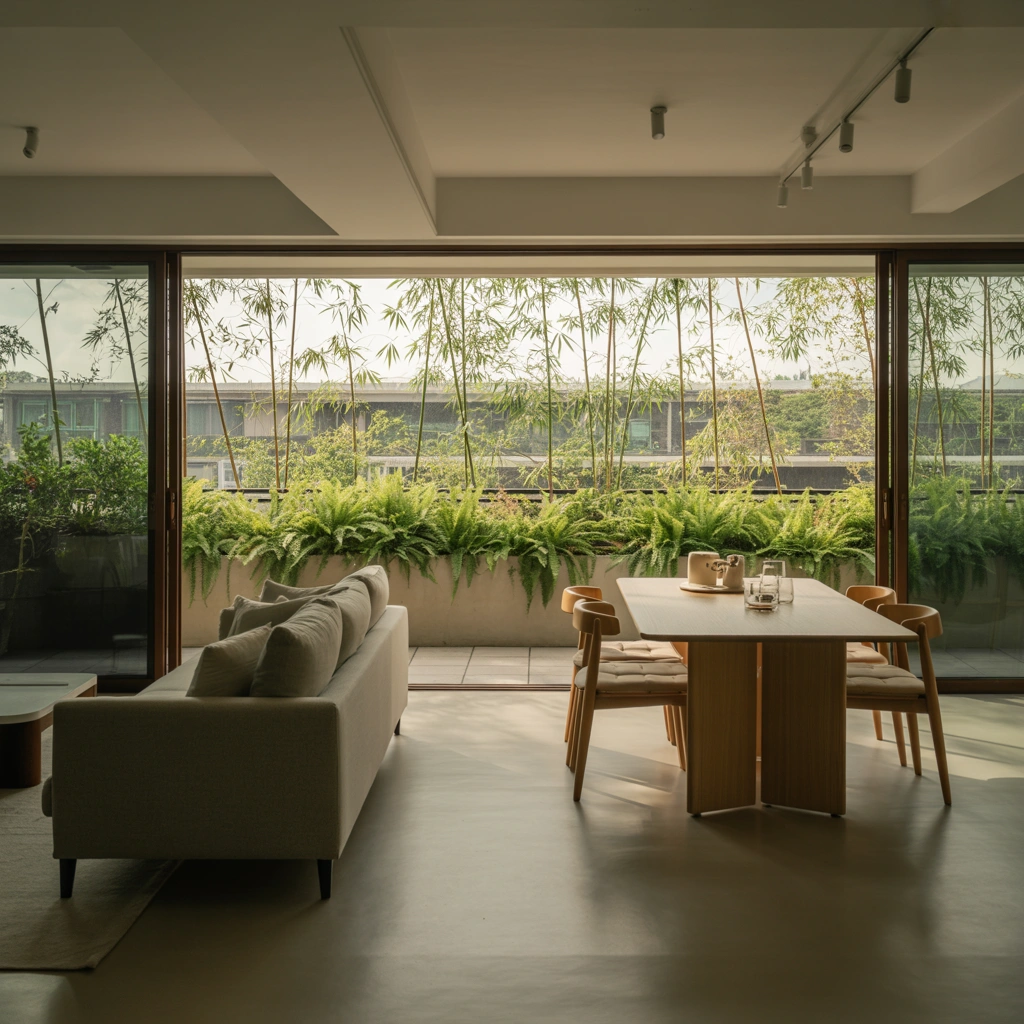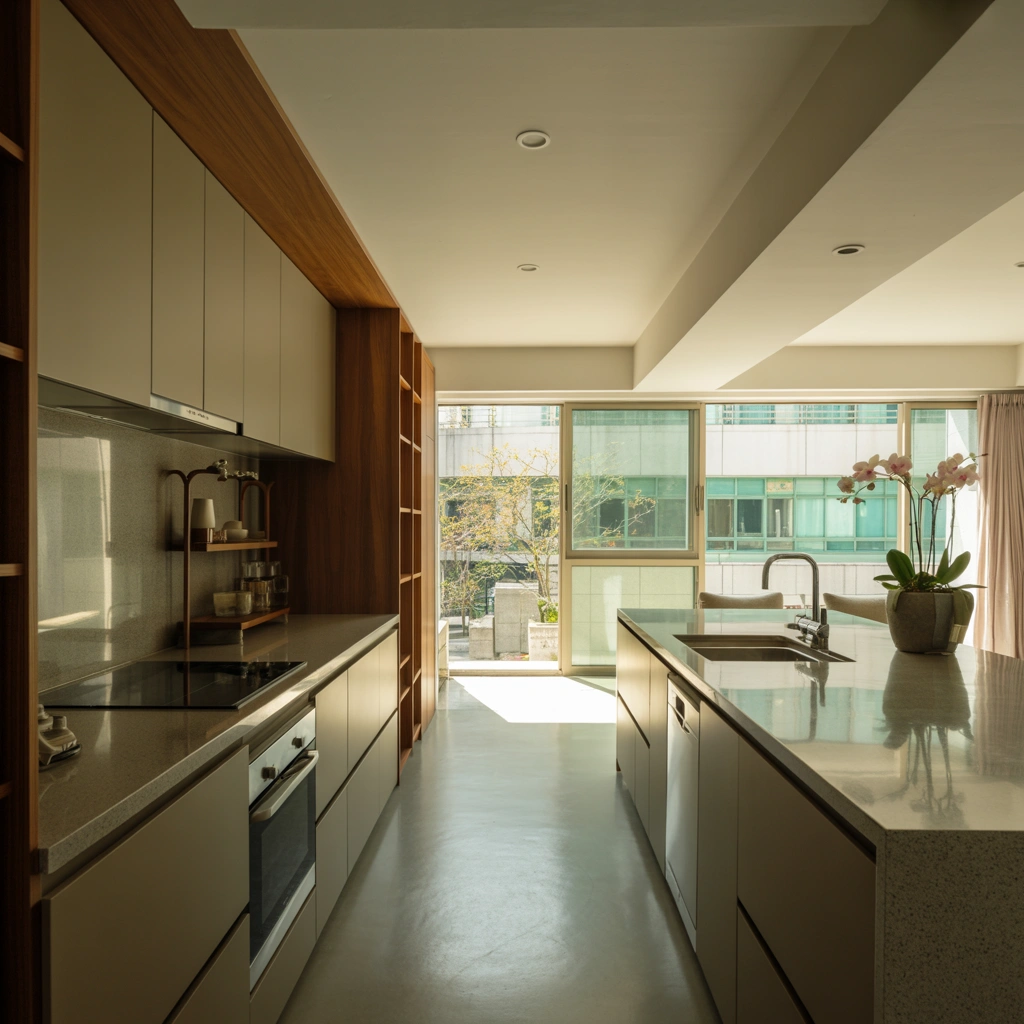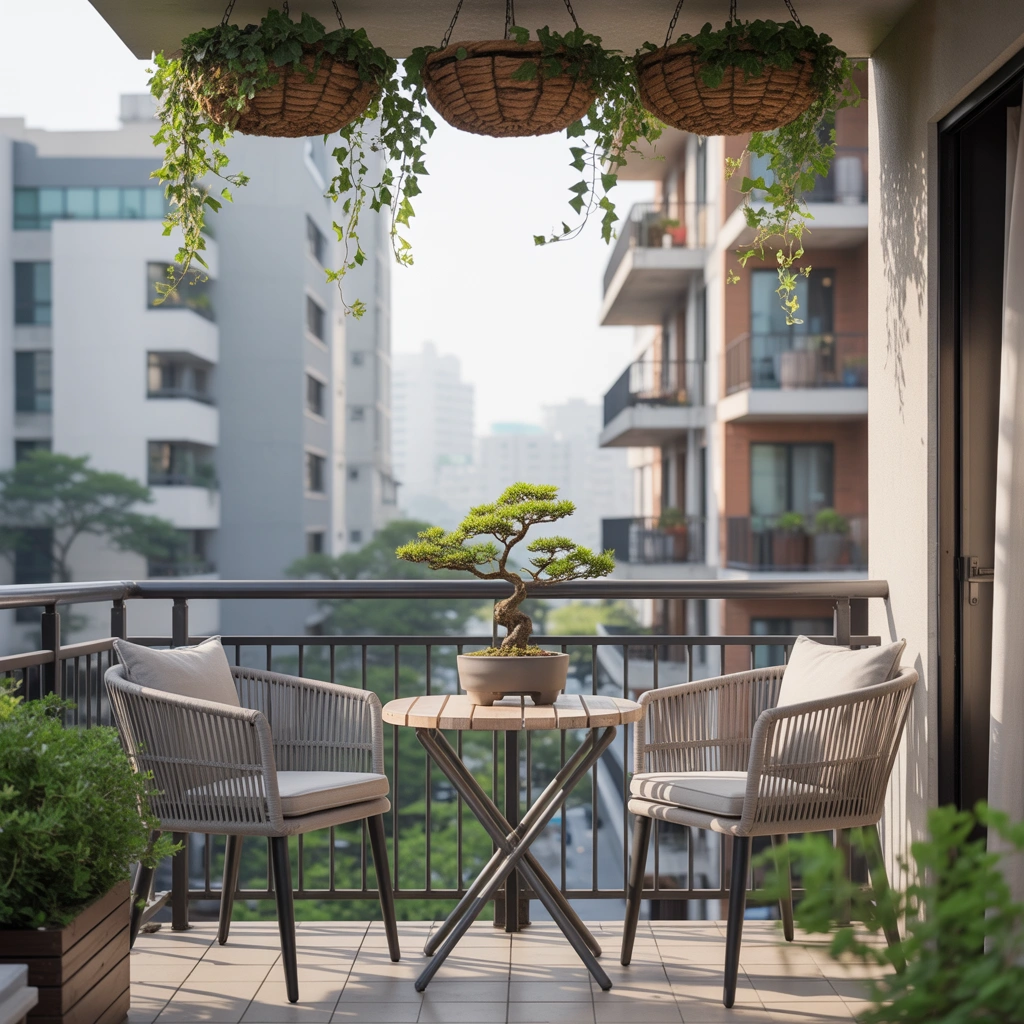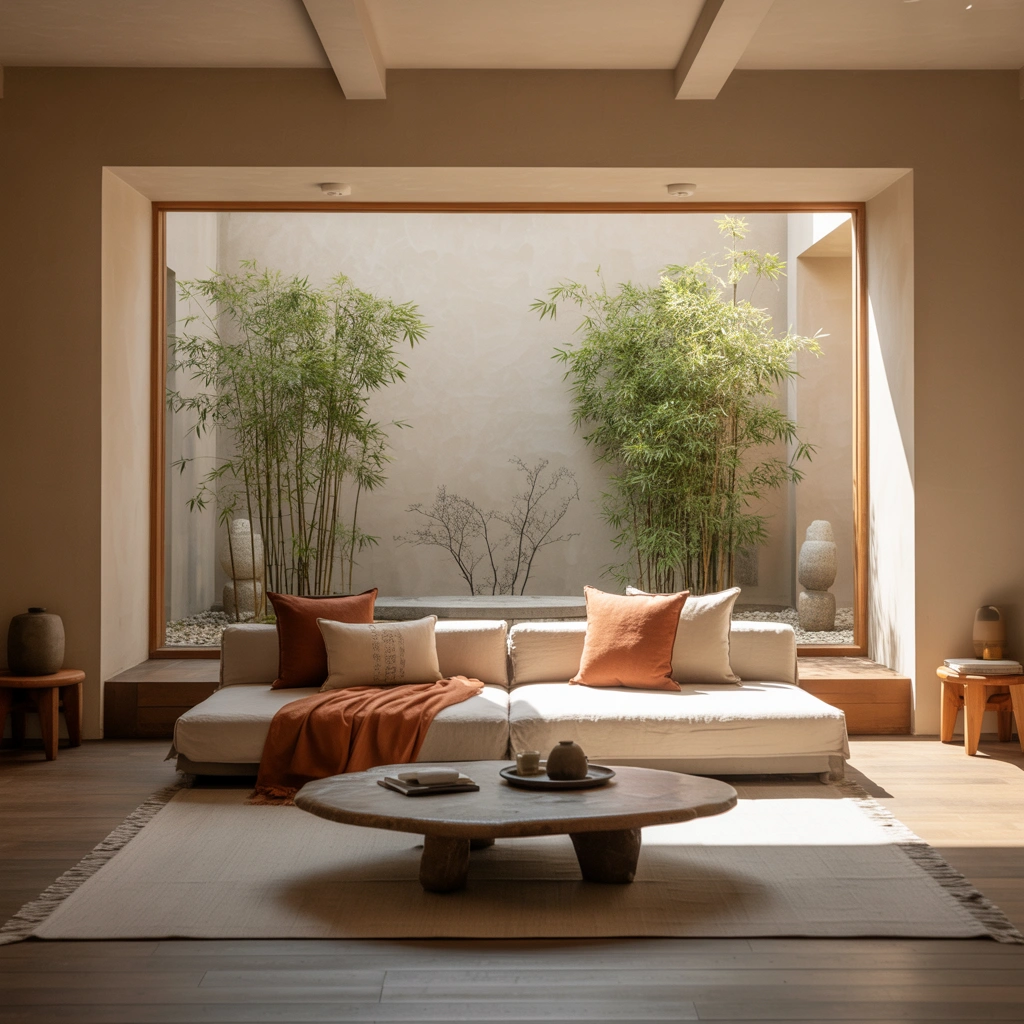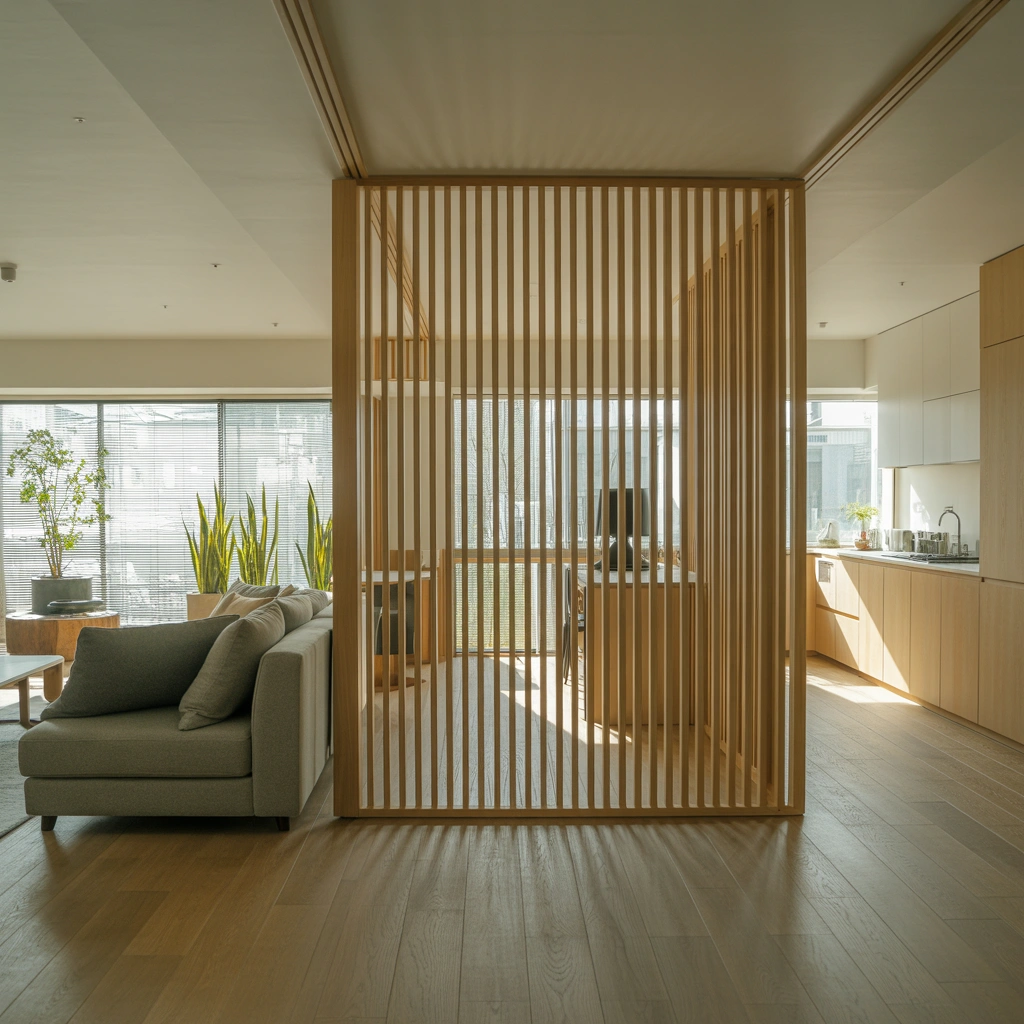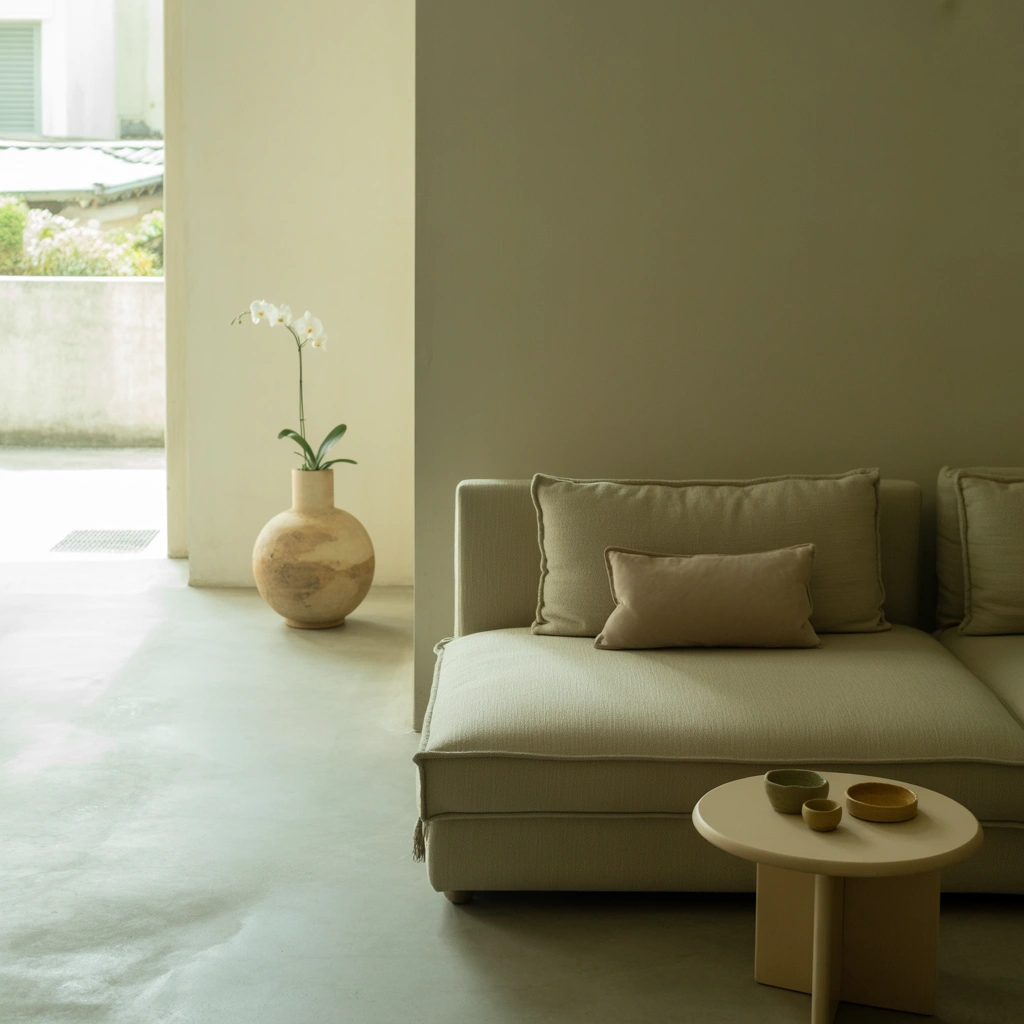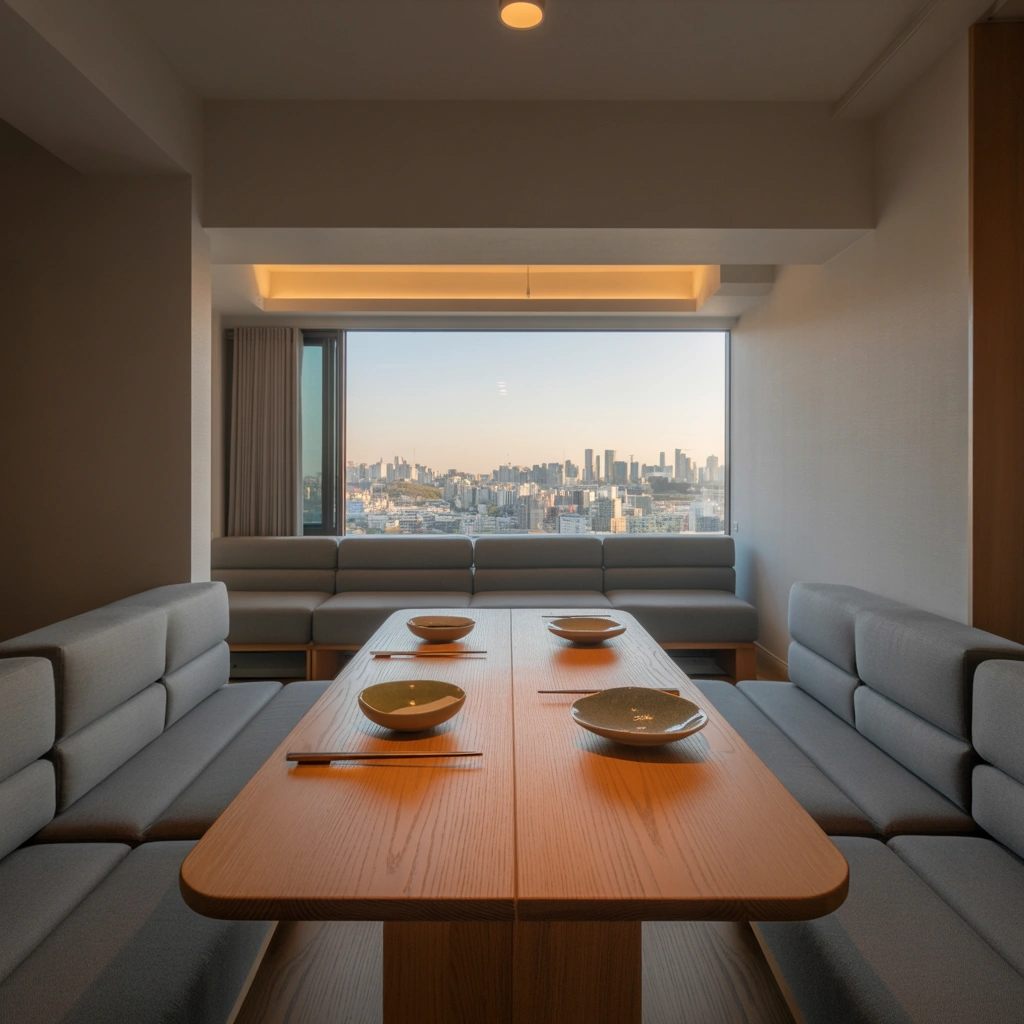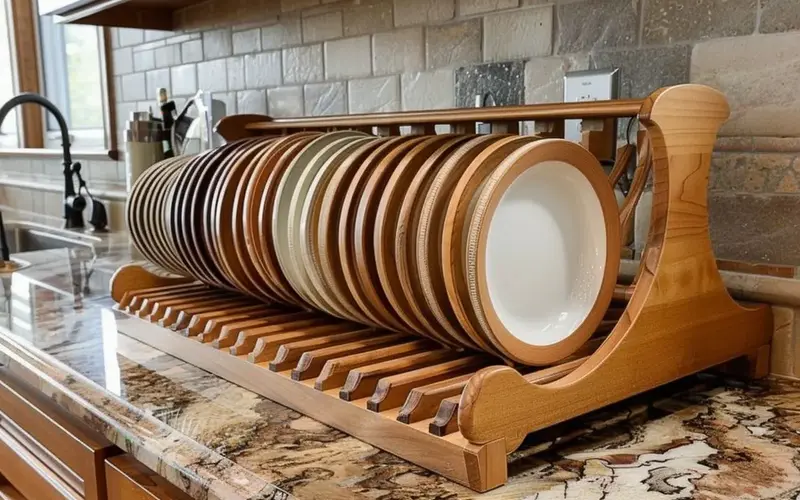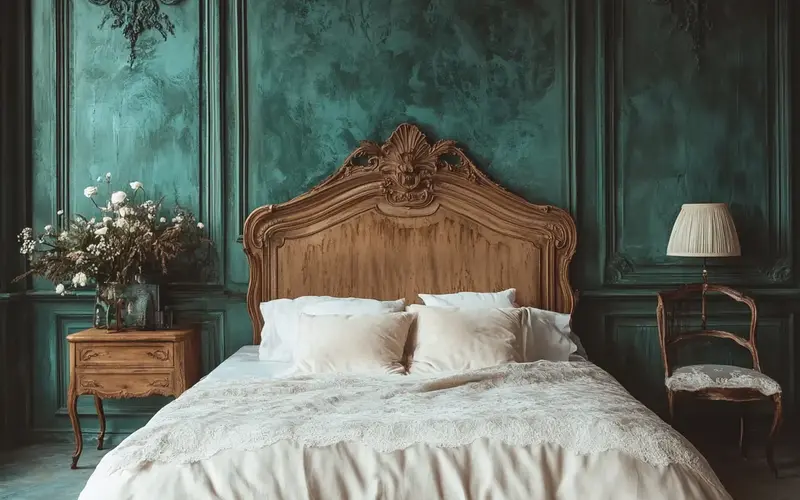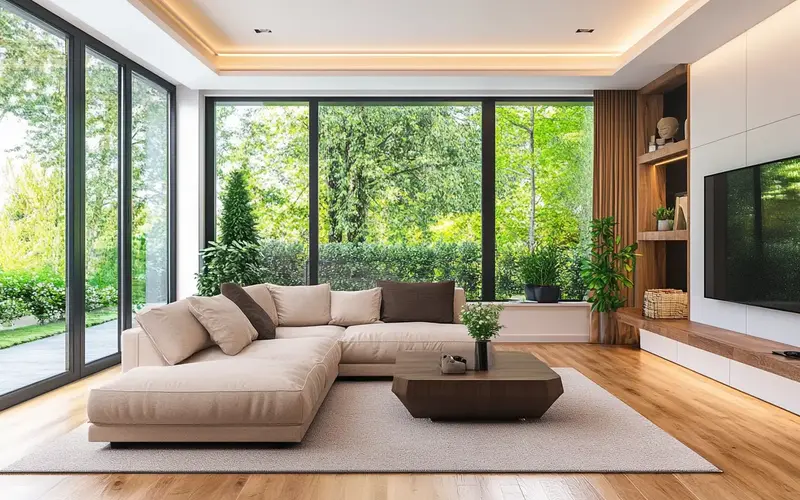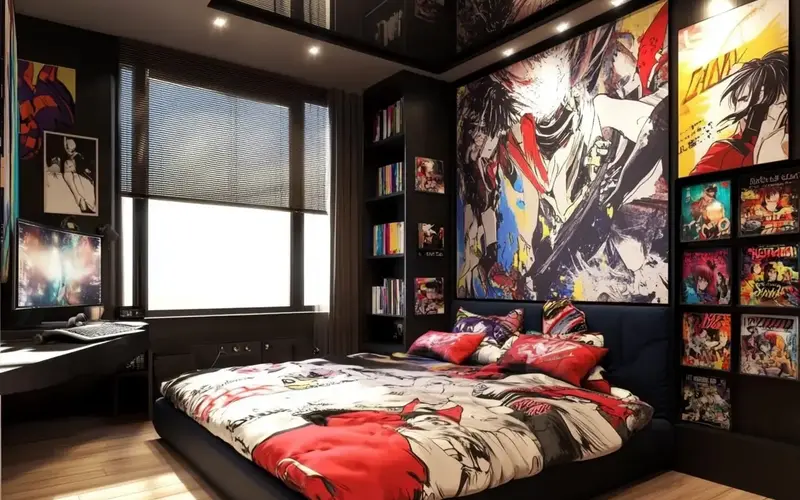Grab your favorite mug, settle in, because we’re about to spill all the tea on creating that dreamy, effortlessly chic Korean apartment vibe. Forget those stiff, picture-perfect setups you see in magazines (unless that’s your thing, no judgment here!). We’re talking about real, livable spaces that feel cozy, stylish, and totally you.
Ever scrolled through Pinterest, sighing at those impossibly serene Korean interiors and wondered, “How do they do that?” Well, friend, you’ve come to the right place. We’re breaking down the magic, one approachable, no-nonsense tip at a time. Ready to transform your pad into a K-drama worthy haven? Let’s get to it!
Embrace the Minimalist Mantra (Seriously, it’s not a cult)
You know how some trends scream for attention? Korean minimalism whispers. It’s all about creating breathing room, making your space feel expansive even if it’s, shall we say, “cozy.” Think of it as a cleanse for your home, but way more fun than that juice cleanse you tried last year.
Declutter Like a Pro: Honestly, you probably don’t need that third novelty mug or that stack of magazines from 2018. Korean design prioritizes clean lines and uncluttered surfaces. This isn’t about being Spartan, it’s about being intentional. When you reduce visual noise, your mind feels calmer too. It’s like magic, but with less sparkle and more tidiness.
Neutral Nirvana: Whites, creams, soft grays, and natural wood tones form the backbone of this aesthetic. Why? These hues create a serene and cohesive backdrop, allowing your carefully chosen pieces to truly shine. It’s like a blank canvas waiting for your personality to add the pops of color, without overwhelming the eye.
Quality Over Quantity: Resist the urge to fill every nook and cranny with trinkets. Korean interiors often feature fewer, higher-quality pieces that speak volumes. You gain more satisfaction from one well-crafted item than a dozen cheap ones, right? Your wallet might initially protest, but trust me, your future self (and your beautifully organized space) will thank you.
Read More: Amazing Apartment Ideas for Couples: Beyond Basic
Low-Profile Furniture: Grounded in Style
Ever noticed how many Korean living spaces feature furniture that sits closer to the ground? This isn’t just a design quirk; it’s a clever way to make a room feel more spacious and inviting. It’s like your furniture is saying, “Relax, chill out, we’re not intimidating here.”
Open Up Your Space: When furniture has a lower profile, it creates an illusion of higher ceilings and more open space. Your eyes travel further across the room, making it feel larger than it is. It’s a visual trick that works!
Cozy Connection: Low sofas and coffee tables encourage a more relaxed, grounded atmosphere. They invite you to sit on the floor, stretch out, and truly unwind. Think about those cozy K-drama scenes where everyone is gathered around a low table, chatting and eating. You want that vibe, don’t you?
Multipurpose Marvels: Many low-profile pieces come with hidden storage or can serve multiple functions. A low bench might double as extra seating or a coffee table. Functionality is key in Korean design, especially when space is at a premium. Who doesn’t love a good two-for-one deal?
Read More: 25 Budget Apartment Living Room Ideas for Decorating
Natural Materials: Bringing the Outdoors In
Korean design has a deep appreciation for nature, and you see it reflected in the materials they use. It’s about creating a harmonious connection with the environment, even if you live in a bustling city apartment. Think of it as inviting Mother Nature over for coffee, without the muddy footprints.
Wood You Believe It?: Light-colored wood is a staple, from flooring to furniture. It adds warmth, texture, and a grounded feel. No stark, cold spaces here! It creates a sense of calm and timelessness.
Earthy Textures: Think linen, cotton, and perhaps even a touch of rattan or bamboo. These natural fabrics and textures bring an organic, breathable quality to your home. They feel good to touch and help create that effortlessly relaxed vibe.
Stone Cold Beautiful: While used sparingly, a natural stone accent or a beautiful ceramic piece can add an element of raw elegance. It provides a subtle contrast and grounds the natural elements. It’s like a quiet nod to the earth itself.
Read More: Best Japanese Apartment Design Ideas: Unlock Zen Living
Strategic Storage: The Art of Disappearing Acts
In smaller Korean apartments, every inch counts. They master the art of storage, not by hiding things away in messy closets, but by integrating clever solutions that keep things tidy and out of sight. It’s about making your stuff disappear, like a well-executed magic trick.
Built-in Bliss: Consider built-in shelving, wardrobes, or even beds with integrated drawers. These custom solutions maximize space and offer a seamless look, making your room appear larger and less cluttered. No awkward gaps or dust-collecting corners here!
Hidden Compartments: Think about furniture that does double duty, like ottomans with storage or coffee tables with lift-tops. These pieces are genius for stashing away remotes, blankets, or even those embarrassing old magazines you still can’t part with.
Vertical Victory: When floor space is limited, go vertical! Floating shelves or tall, slim bookcases utilize wall space effectively. They offer storage and display opportunities without taking up precious floor real estate. It’s like adding another dimension to your living space.
Read More: Best Minimalist Small Apartment Ideas: Unlock Your Apartment’s Potential
Soft, Ambient Lighting: Setting the Mood
Harsh overhead lighting? No, thank you! Korean interiors often use warm, diffused lighting to create a cozy and inviting atmosphere. It’s about ambiance, not interrogation. You want to feel like you’re wrapped in a warm hug, not under a spotlight.
Layered Illumination: Don’t rely on just one light source. Combine overhead lighting with floor lamps, table lamps, and perhaps even subtle strip lighting. This creates depth and allows you to adjust the mood.
Warm Tones Only: Opt for bulbs with a warm color temperature (around 2700 K- 3000 K). This emits a soft, inviting glow, perfect for unwinding. Think candlelight, but without the fire hazard.
Paper Lanterns and Diffusers: Traditional Korean paper lanterns offer a beautiful, diffused light. You can also use lamps with fabric shades or frosted glass to soften the light. They create a gentle, almost ethereal glow. Who needs a disco ball when you have a paper lantern?
Read More: 17 Creative Christmas Decor Ideas for Apartments
Greenery Galore: Plant Power
Bringing plants into your home instantly adds life, freshness, and a touch of nature. Korean apartments often feature strategically placed greenery, enhancing that serene, harmonious vibe. It’s like having a tiny, breathable friend in every room.
Minimalist Plants, Maximum Impact: You don’t need an indoor jungle. One or two well-chosen plants can make a significant difference. Think snake plants, peace lilies, or a small bonsai. They add a pop of color and natural texture without overwhelming the space.
Stylish Planters: Ditch the basic plastic pots. Choose planters in natural materials like ceramic or terracotta, or opt for sleek, minimalist designs that complement your decor. The planter is part of the art!
Strategic Placement: Consider where your plants will thrive and how they contribute to the room’s aesthetic. Place them near windows for light or use them to soften sharp corners. They bring life into your living area.
Read More: 20 Cheap & Fun Apartment Halloween Decorations
Sliding Doors and Screens: Flow and Flexibility
Traditional Korean architecture often features sliding doors and screens, and this concept carries into modern apartment design. They offer flexibility, privacy, and a beautiful aesthetic. It’s like having walls that listen to your whims.
Space Savers: Unlike swing doors, sliding doors don’t require extra clearance, making them ideal for smaller spaces. They glide smoothly, reclaiming valuable floor area. Genius, right?
Flexible Layouts: Screens, whether permanent or portable, allow you to create distinct zones within an open-plan space. Need a temporary office nook? A screen makes it happen instantly. It’s like magic, but for grown-ups.
Aesthetic Appeal: Shoji-style screens or wooden slatted dividers add a beautiful, architectural element to your home. They create visual interest and a sense of depth. Plus, they just look cool.
Accent Walls (Subtly, of Course)
While minimalism reigns, a carefully chosen accent wall can add depth and personality without overpowering the space. It’s about making a statement without shouting.
Textural Treatment: Instead of a bold color, consider an accent wall with a subtle texture, like light wood paneling or a simple lime wash. This adds visual interest and warmth without being too “in your face.”
Soft Hues: If you opt for color, choose a muted, earthy tone like a soft sage green or a dusty blue. These colors complement the natural aesthetic and maintain the serene vibe.
Artwork Anchor: Use an accent wall to highlight a large piece of art or a gallery wall. It creates a focal point and draws the eye, turning a plain wall into a conversation starter.
Cozy Textiles: The Comfort Factor
Korean homes exude comfort, and textiles play a huge role in achieving this. Think layers, softness, and inviting textures that make you want to curl up and stay a while. It’s about feeling hugged by your home.
Plush Rugs: A soft rug underfoot instantly adds warmth and defines a space. Choose natural fibers like wool or cotton in neutral tones. It’s like giving your feet a warm hug every time you walk by.
Comforting Throws: Drape soft throws over your sofa or bed. Linen, chunky knits, or faux fur add texture and an irresistible invitation to relax. They’re perfect for those impromptu nap sessions.
Cushion Comfort: Layer cushions on your sofa and chairs. Mix different textures and subtle patterns in complementary neutral colors. They add visual interest and, more importantly, maximum squishability.
Underfloor Heating (Oh, the Luxury!)
While this might be a bigger renovation project, underfloor heating (ondol) is a significant feature in many Korean homes, contributing to their inherent coziness. If you can swing it, it’s a game-changer.
Even Heat Distribution: Ondol provides a consistent, gentle warmth that radiates from the floor up. No more cold spots or chilly drafts! It’s pure comfort, especially in colder climates.
Barefoot Bliss: Imagine walking around your apartment barefoot, even in winter. Underfloor heating makes this a delightful reality. It adds a luxurious touch to everyday living.
Space Saver: Without radiators, you gain valuable wall space and have more flexibility with furniture placement. It’s a sleek, invisible heating solution. Out of sight, wonderfully warm in mind.
Smart Home Integration (Seamlessly, Of Course)
Koreans are often early adopters of technology, and this extends to smart home features that make life easier and more efficient, without being overtly techy. It’s about subtle convenience.
Integrated Controls: Look for systems that allow you to control lighting, temperature, and even curtains from a central panel or your smartphone. It’s about effortless living, not fumbling for remotes.
Energy Efficiency: Smart thermostats and lighting can help you reduce energy consumption, which is good for your wallet and the planet. It’s a win-win for everyone involved.
Subtle Security: Integrated security systems, like smart door locks and cameras, provide peace of mind without detracting from your home’s aesthetic. They blend seamlessly into the design.
Tea Culture Corner: A Nook for Zen
Creating a dedicated space for tea or quiet contemplation is a beautiful way to embrace the Korean appreciation for mindfulness and relaxation. It’s about carving out a moment of calm in your busy day.
Low Table & Cushions: A small, low wooden table with floor cushions creates an inviting spot for tea rituals or reading. It encourages a more relaxed posture and a slower pace.
Minimalist Decor: Keep this area simple. A small plant, a beautiful ceramic teapot, and perhaps a simple piece of art are all you need. Less is more when seeking serenity.
Natural Light: Position your tea corner near a window to maximize natural light and enjoy the view. It enhances the sense of peace and connection to the outside world.
Window Treatments: Light and Privacy
Korean apartments often feature simple, elegant window treatments that prioritize natural light while offering privacy. It’s about balance, like a perfectly brewed cup of tea.
Sheer Curtains: Light, airy sheer curtains allow maximum natural light to filter in while providing a degree of privacy. They create a soft, ethereal glow.
Blinds for Control: For more privacy or light blocking, opt for simple roller blinds or wooden Venetian blinds. They offer precise control and a clean, minimalist look.
Layered Approach: Combine sheers with heavier curtains or blinds for versatility. This allows you to adjust light and privacy throughout the day. It’s like having options, but for your windows.
Artful Minimalism: Curated Statements
Even with a minimalist approach, art still finds its place, often chosen for its subtle impact and emotional resonance. It’s about quality, not quantity, and letting each piece breathe.
Subtle Calligraphy or Abstract Art: Pieces with delicate lines, muted colors, or simple forms complement the serene aesthetic. They add visual interest without overpowering the space.
Fewer, Larger Pieces: Instead of a cluttered gallery wall, consider one or two larger pieces of art that truly speak to you. They create a stronger focal point and a more impactful statement.
Thoughtful Placement: Position art at eye level and consider how it interacts with the surrounding furniture and light. It’s about harmony and balance.
Balanced Layouts: Harmony in Design
Korean apartment layouts often emphasize balance and flow, creating a sense of calm and order. It’s not about rigid symmetry, but a pleasing arrangement that feels natural.
Clear Pathways: Ensure unobstructed pathways between different areas of your home. This creates a sense of ease and open flow. No obstacle courses in your own home!
Zoned Living: In open-plan spaces, use rugs, furniture arrangement, or subtle screens to define different functional zones (e.g., living, dining, working). Each area feels distinct but connected.
Visual Weight: Pay attention to the visual weight of your furniture. Distribute larger pieces evenly throughout the room to create balance. It’s like a visual seesaw that you want to keep perfectly level.
Integrated Kitchens: Seamless Living
Modern Korean apartments often feature integrated kitchens that blend seamlessly with the living areas, maintaining that open, uncluttered feel. It’s about making your kitchen feel like part of the family, not a separate entity.
Sleek Cabinetry: Opt for handle-less or minimalist cabinetry in neutral colors. This creates a clean, uniform look that integrates with the rest of your home.
Hidden Appliances: Consider integrated appliances that blend into the cabinetry. This reduces visual clutter and maintains a streamlined aesthetic. It’s like magic, but for your appliances.
Functional Design: While aesthetics are important, ensure your kitchen remains highly functional. Think about efficient layouts and smart storage solutions for everyday items.
Balcony Oasis: A Breath of Fresh Air
Many Korean apartments boast small balconies, which are often transformed into mini-sanctuaries for relaxation and greenery. It’s about making the most of every square foot, even outdoors.
Compact Seating: A small bistro set or a few floor cushions can create a cozy spot for enjoying your morning coffee or a quiet evening. Choose weather-resistant materials.
Vertical Gardening: Maximize greenery with vertical planters or hanging baskets. This adds life and color without taking up precious floor space. Your plants will be climbing the walls (in a good way!).
Ambient Lighting: String fairy lights or place a small lantern to create a magical atmosphere in the evenings. It transforms your balcony into an enchanting escape.
Warm Woods and Earth Tones: A Grounding Palette
Beyond just neutral walls, the consistent use of warm wood tones and earthy hues throughout furniture and decor creates a cohesive and inviting atmosphere. It’s like nature decided to design your home.
Consistent Wood Choices: Stick to similar wood tones throughout your furniture and flooring. This creates a unified and harmonious look. Imagine mixing oak with walnut – sometimes it works, but usually, it’s a hot mess.
Earthy Accent Colors: Introduce subtle pops of color through cushions, throws, or ceramic pieces in shades of terracotta, moss green, or muted blue. These colors complement the natural wood and add depth.
Natural Textures: Pair wood with natural fabrics like linen, cotton, or wool. These textures enhance the warmth and tactile quality of the space, making it feel incredibly inviting.
Smart Dividers: Defining Spaces Creatively
When walls aren’t an option, Korean design often employs clever and stylish dividers to create distinct zones within an open floor plan. It’s about boundaries without building actual walls.
Open Shelving Units: A tall, open shelving unit can visually separate areas while still allowing light and air to flow through. It also provides storage and display opportunities.
Slatted Wood Screens: These screens offer a touch of architectural elegance and privacy without completely blocking off a space. They create beautiful shadow play as light shifts.
Rugs as Boundaries: A simple yet effective trick: use a large area rug to define a living or dining zone within a larger open space. It’s like a soft, welcoming island.
Thoughtful Accessories: The Personal Touch
While minimalism is key, accessories are still important for injecting personality and warmth. It’s about choosing meaningful pieces that tell a story, rather than just filling space.
Curated Collections: Display a small collection of ceramics, books, or cherished travel souvenirs. These items reflect your personality and add a sense of history to your home.
Texture and Form: Opt for accessories with interesting textures or unique forms, even if they are monochromatic. A beautifully sculpted vase or a rough-hewn wooden bowl adds visual interest.
Minimalist Vases with Single Blooms: Instead of elaborate floral arrangements, a single, elegant bloom in a simple vase embodies that subtle beauty. It’s understated yet impactful.
Multi-Functional Spaces: Adapting to Life
Korean apartments often excel at creating spaces that can adapt to various needs throughout the day, reflecting a flexible and efficient lifestyle. It’s about making your home work for you.
Dining to Workspace: A dining table might double as a home office during the day, with a stylish chair that’s comfortable for both. This maximizes the utility of a single area.
Living Room as Guest Room: Modular sofas or daybeds can easily transform a living area into an extra sleeping space when guests arrive. It’s about versatility without sacrificing style.
Portable Furniture: Consider lightweight, easily movable furniture like nesting tables or floor cushions. You can reconfigure your space quickly to suit different activities.
Final Thoughts
Phew! We’ve covered a lot, haven’t we? From the glorious simplicity of minimalism to the cozy comfort of natural textures, Korean apartment design offers a fantastic blueprint for creating a home that feels both stylish and wonderfully serene. Remember, it’s not about replicating a picture exactly, but about capturing the essence – that calm, clean, and utterly inviting vibe.
So, go on, take these ideas, mix and match them, and infuse your unique personality. Your apartment isn’t just a place to live; it’s your sanctuary, your happy place. Now go forth and create that K-drama worthy haven you’ve always dreamed of! You got this!
